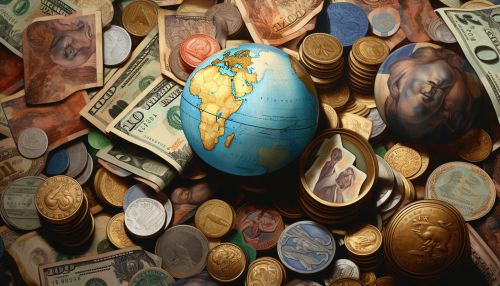Basics of Foreign Currency Trading
Introduction
Foreign currency trading, also known as forex trading, involves buying, selling, and exchanging currencies at current or determined prices. It is the world's largest financial market, with over $5 trillion traded daily. This article provides an in-depth look at the basics of foreign currency trading.


Understanding Foreign Currency Trading
Foreign currency trading is conducted in the foreign exchange market, a global decentralized market where all the world's currencies are traded. It operates 24 hours a day, five days a week, with the most significant trading centers located in London, New York, Tokyo, Zurich, Frankfurt, Hong Kong, Singapore, Paris, and Sydney.
Currency Pairs
In forex trading, currencies are always traded in pairs, such as the Euro and the US Dollar (EUR/USD) or the British Pound and the Japanese Yen (GBP/JPY). The first currency in the pair is the 'base currency', and the second is the 'quote currency'. The trading of these pairs is based on the exchange rate, which represents how much of the quote currency is needed to buy one unit of the base currency.


Forex Trading Platforms
Traders use forex trading platforms to execute their trades. These platforms are software interfaces provided by brokers that provide real-time quotes, charting tools, news feeds, and even support for trading systems. Some of the most popular platforms include MetaTrader 4 and 5, cTrader, and NinjaTrader.
Trading Strategies
There are several forex trading strategies that traders can use, including technical analysis, fundamental analysis, and sentiment analysis. Each of these strategies involves different methods and tools to predict future price movements.


Risks and Rewards
Like any form of investment, foreign currency trading carries both risks and potential rewards. It's important for traders to understand these risks, which can include market volatility, liquidity risks, and leverage risks. On the other hand, the potential rewards can be significant, especially for those who are well-prepared and make informed trading decisions.
Conclusion
Foreign currency trading is a complex and potentially lucrative form of investment. It requires a deep understanding of the financial markets, a solid trading strategy, and a willingness to take calculated risks. With the right knowledge and tools, traders can take advantage of the opportunities offered by the forex market to achieve their financial goals.


